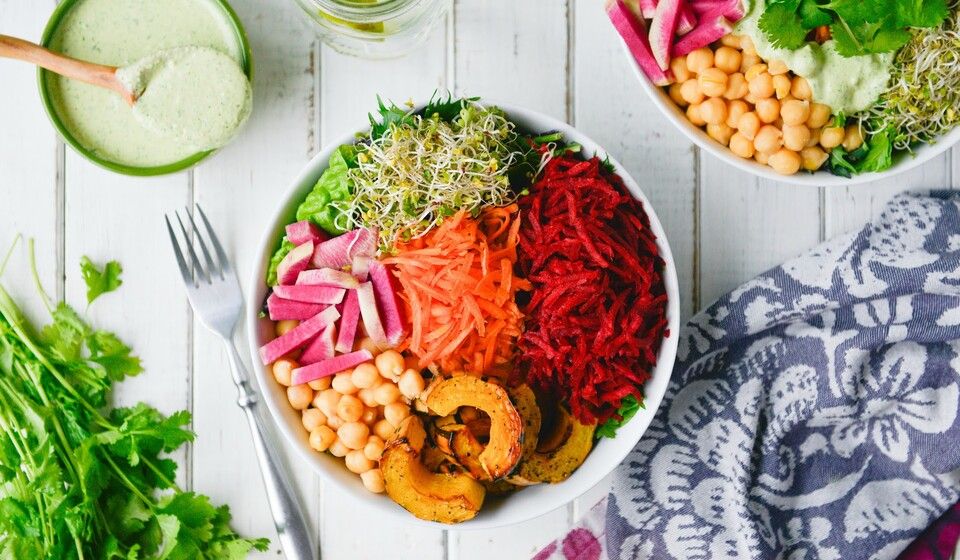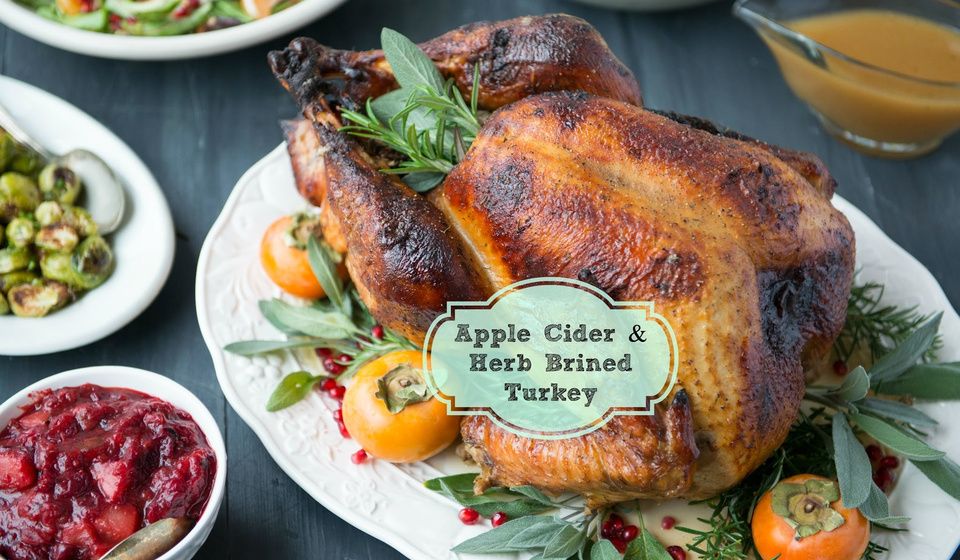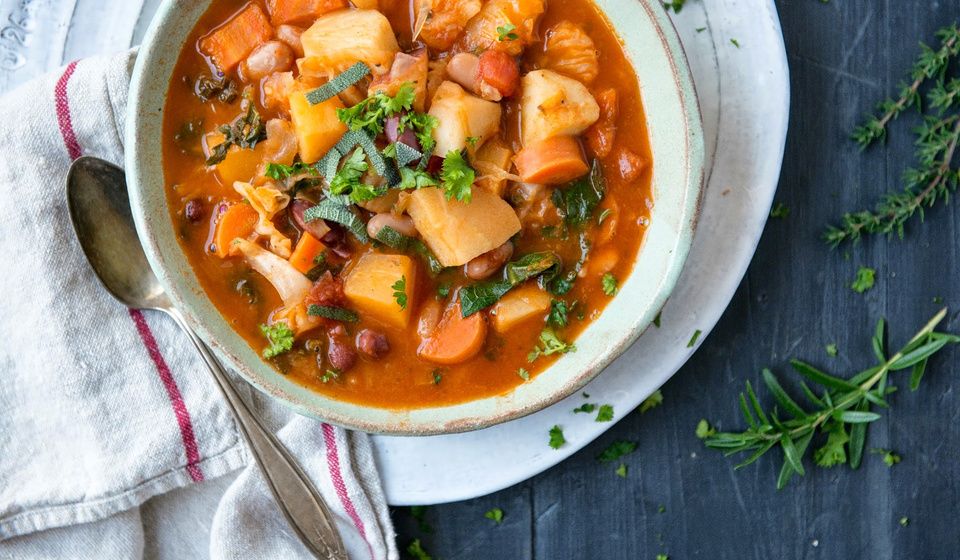Kale with Caramelized Onions
Did you know that the food you consume actually changes how your genes are expressed? Every time we eat we tell our bodies which genes to turn on and which genes to turn off. Did you know that there is more gene expression within two hours after eating than any other time of the day? Why? Because food contains gene signaling substances. This is the fascinating world of nutrigenomics, the idea that food is information not merely calories. The Standard American Diet (SAD) turns on genes for heart disease, metabolic syndrome, diabetes, obesity, and more. Even many gluten-free diets fall into this category. I see many people swapping out wheat bread for super refined gluten-free imitations of bread. These breads, as well as many other refined gluten-free foods, are not healthy even though they may come from a health food store. Basing your diet around organic, seasonal vegetables and fruits is a way to prevent disease, reduce allergies and inflammation, and maintain vibrant health.
Kale is a super food, no doubt about it! I have it growing in my garden practically year round. This winter is very mild so the kale didn't die back. I go out everyday and pick what we need for whatever I am making. Kale is one of the easiest ways to eat more produce, especially in the wintertime when most fruits and vegetables are out of season. Kale can be chopped and added to just about any soup or stew, added to green smoothies, or sautéed alone or with other ingredients like in the recipe below. Compounds from kale and other brassica family vegetables have been shown to turn on genes that assist with antioxidant formation, increase detoxification, and turn on gene cell cycle arrest. In a nut shell, they increase your body's own production of antioxidants to reduce inflammation, they help to prevent cancer, and assist in stopping cancer cell growth.

About the Author
Ali Segersten
Alissa Segersten holds a Bachelor's of Science in Nutrition from Bastyr University and a Master’s of Science in Human Nutrition and Functional Medicine from the University of Western States. She is a Functional Nutritionist, the mother of five children, a whole foods cooking instructor, professional recipe developer, and cookbook author. She is passionate about helping others find a diet that will truly nourish them. Alissa is the author of two very popular gluten-free, whole foods cookbooks and guidebooks: The Whole Life Nutrition Cookbook and Nourishing Meals. She is also the co-author of The Elimination Diet book. Alissa is the founder and owner of Nourishing Meals®.Nourishing Meals Newsletter
Email updates.





Add Comment
Comments
This has become a staple recipe of mine. As a grad student, it is great to find simple, straight-forward recipes that also taste good and are good for me! I always add chopped mushrooms a couple minutes before the kale. Makes it a bit heartier. Thank you!
Thanks for this post! The kale looks absolutely delicious. My boyfriend loves kale and has it every morning with eggs, but he certainly has never made it with caramelized onions (which I adore). I will be making this for him tomorrow morning!
This sounds and looks delicious:) :) I love Kale:) :)
Such a yummy dish. We ate it for dinner tonight with quinoa. Thanks for another delicious, health, and cost friendly recipe. Based on what you recommended, next time I think we will add some fish on top!
Thanks everyone! Actually you can thank Tom for adding the nutrigenomics part. I love it when he chimes in on my posts!
AKKnoll - You can have olives just as long as the brine is just made from only salt and water, no added vinegar. Though a lot of really salty things won't help much with the detox part of the diet. As far as peas go, we normally keep them out of the diet and use only mung and adzuki beans. I know Tom has altered the diet for a number of people to include peas and other legumes, or meat, depending on a number of factors. It is not essential that you keep them out, however you will find greater benefit if you do .
Also, are olives on the "not right now" list for the elimination diet. During phase 1 and 2 we can have olive oil....so I'm wondering if we can eat olives, too?
I must try this. It looks absolutely delicious!
Hi Ali,
My husband and I are on Day 4 of the elimination diet, first timers. We are excited to try this recipe. In general, some days we get tired of certain vegetables, and I think cooking them in different ways might help. I'm sure this will be great! Also, I've looked everywhere to try and find out with no luck, but are we allowed to eat peas on the diet, or split peas, or black eyed peas? (not sure if those are considered beans...so confused!) Thanks!
Thank you for this simple recipe. I have a bunch of kale and onions on hand, I just needed the inspiration! Making this tomorrow with baked salmon.
That is fascinating to learn there is so much gene expression happening in the two hours after you eat! Definitely eye opening and makes you think twice about what you put in your mouth if you want a long, healthy life!
Kale must be in the air...I made your creamed kale last night. It was amazing. I'll try this one over the weekend.
We made this tonight, but added garlic, some pine nuts and a bit of romano cheese. It was delicious on top of brown rice.
Great post - so interesting that foods can turn on and off genes. Love kale made this way. I do the same, sometimes using leeks and then drizzling a little umeboshi vinegar on at the end.
we've had our best green growing year EVER here in middle TN - KAle has been on our plates a lot...thanks for the nutrigenomics lessons - really appreciated the succintness of it..
Blessings!
wow..carmelized onions seem to make every dish more fabulous..I carmelize garlic with my kale, never thought about red onion..will do that next time around. We consume lots of kale as well. I too have quite a bit of kale in the garden year round, right now actually a 100 ft roll under mesh, the deer also love it. :) Thanks for the great informative post. Thanks for all the wonderful recipes and sharing so much of you with us. :)
Wow, I've never made the connection between my meals and gene expression. Thank you for such a great post. Can't wait to try your recipe too!!!
This looks really yummy! I am going to make it tomorrow!
Nice recipe, great post! We make garlicky kale/chard/collards/spinach a few times a week here. I never thought to add onions. Totally making this tonight. Thank you for the information on nutrigenomics. I am studying to be a nutritionist and look forward to researching this topic further.
Best,
Anya
Lots of interesting info on nutrition and a delicious recipe, but I am so much more impressed by that handful of gorgeous kale from your garden.
Your cookbook helped us see that so many gluten-free diets provided calories that weren't nutritionally dense. We were lucky that it was the first cookbook we bought. And the last, actually. I get many recipes off the internet and from library books but we used your cookbook as the steps to our dietary change.
I actually make this dish quite often, but sprinkle hemp seed on before serving. Can't get enough of kale at our house.
My doctor recently told me I should avoid cruciferous vegetables because of hypothyroidism, but now I wonder. Could you explain please? Thank you, love, love your blog and cookbook!
I love kale I am gonna try this recipe for dinner tonight. I am sure it will be divine.
Looks delicious! We love kale at our house. Very interesting info too about how good food really can be the difference between life and death.
Gorgeous dish and awesome post! I really need to study nutrigenomics more...seems so fascinating. Thanks so much for participating in New Year, New You! :)